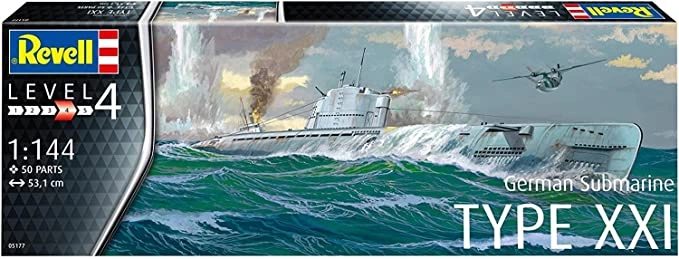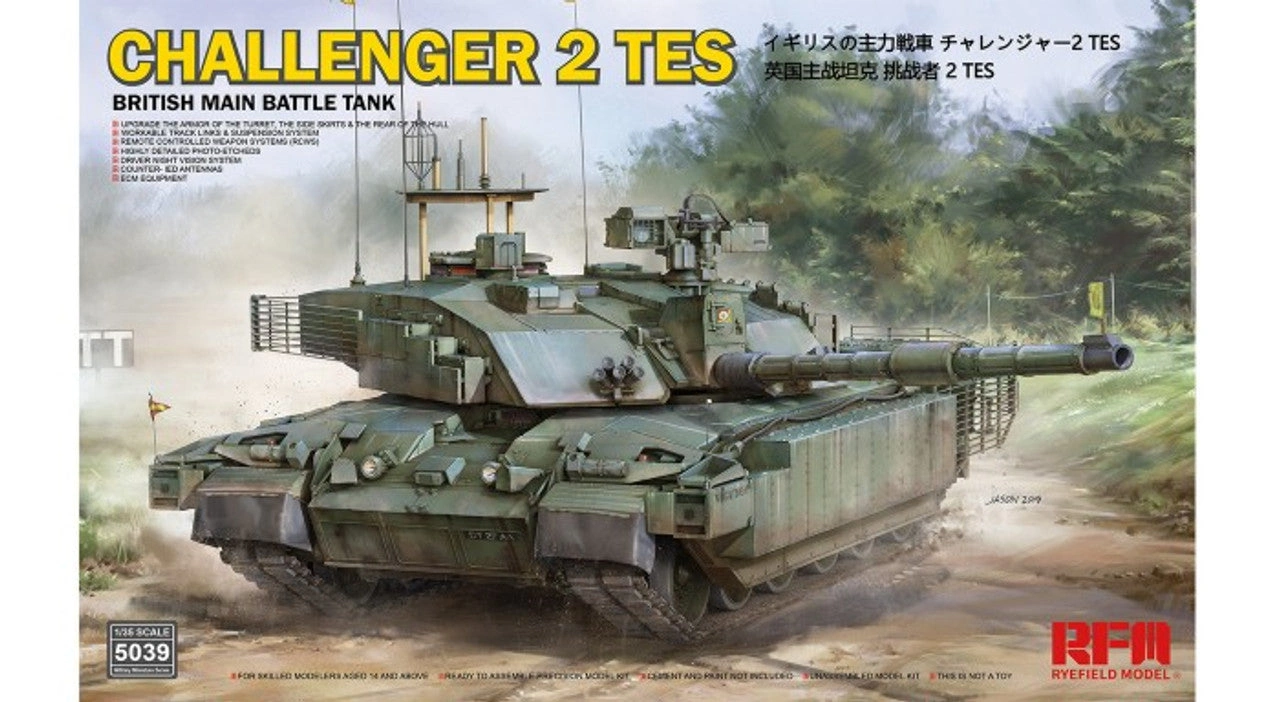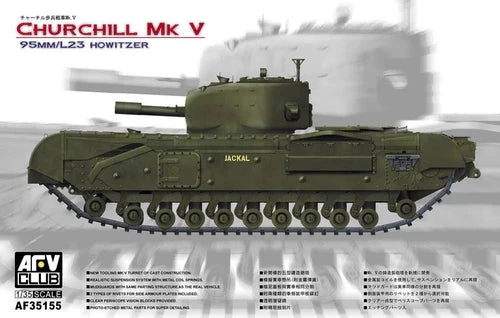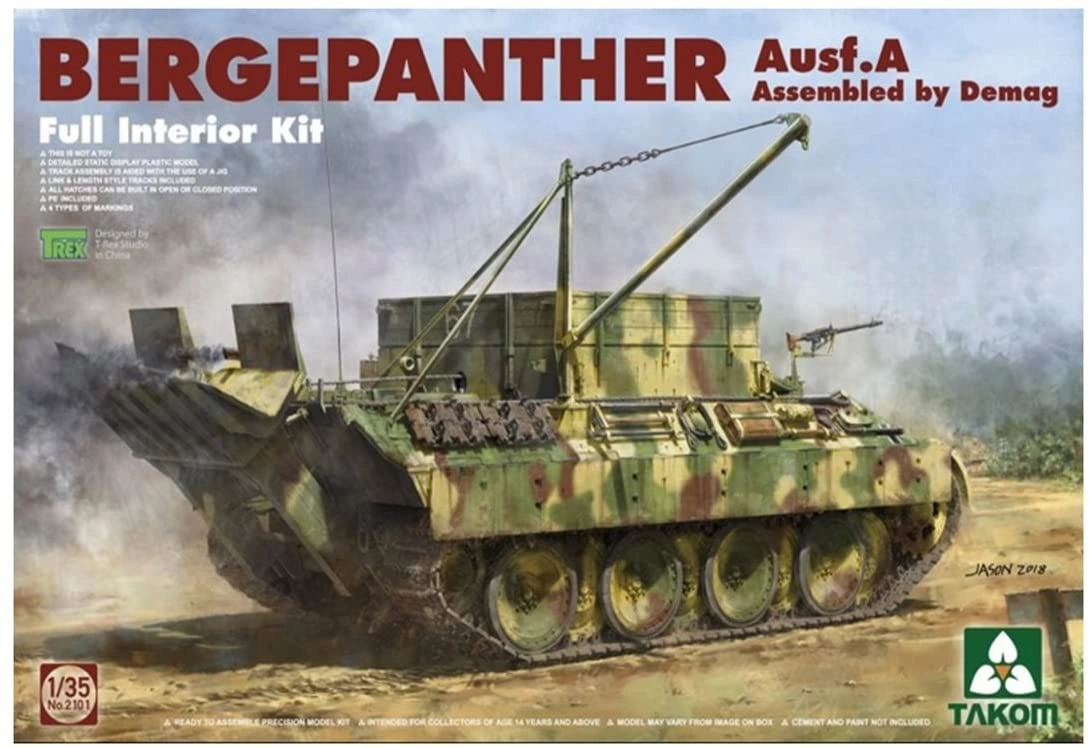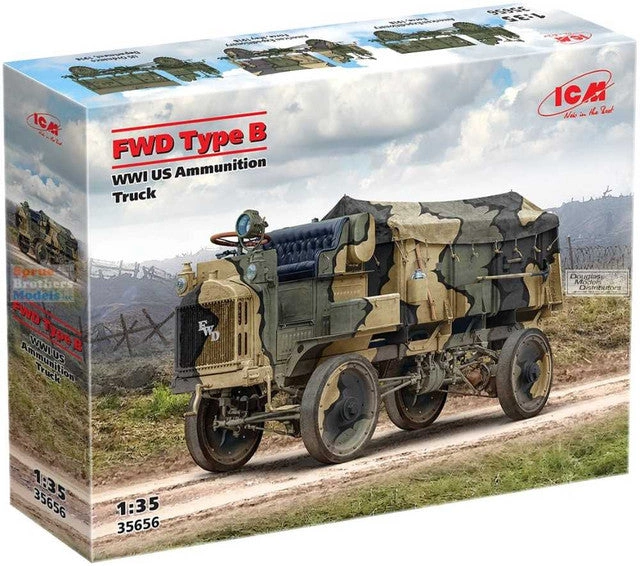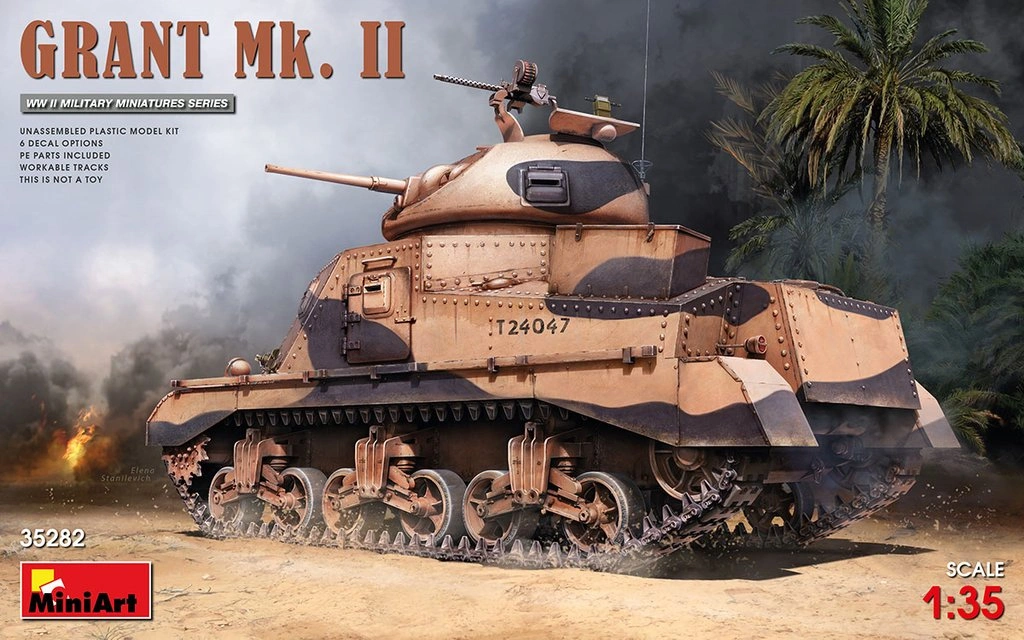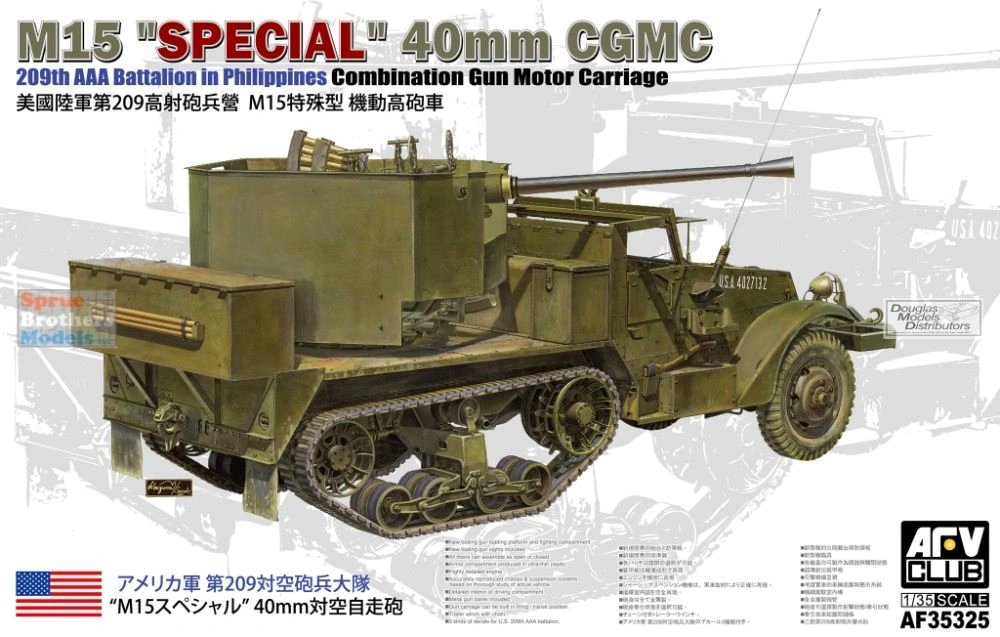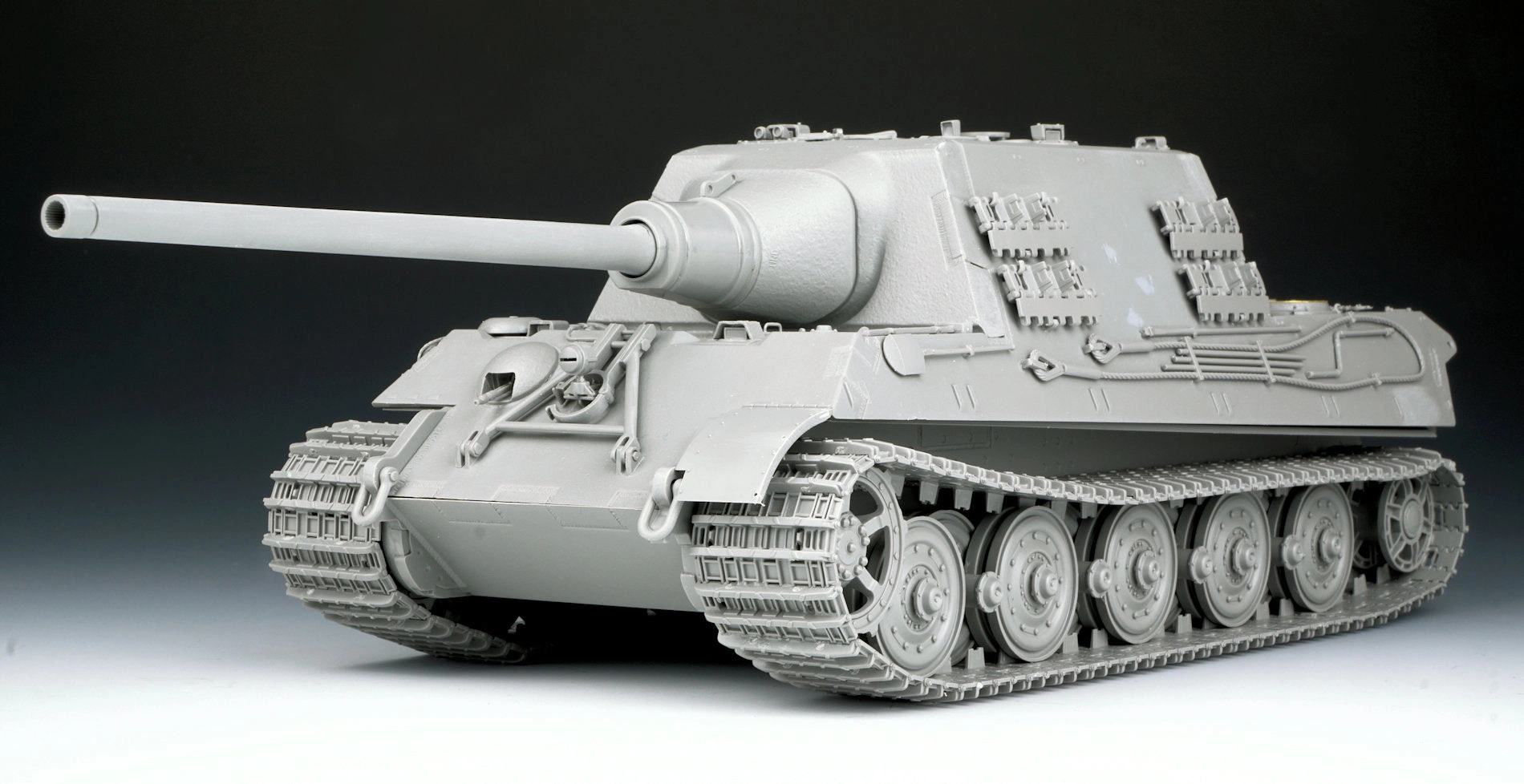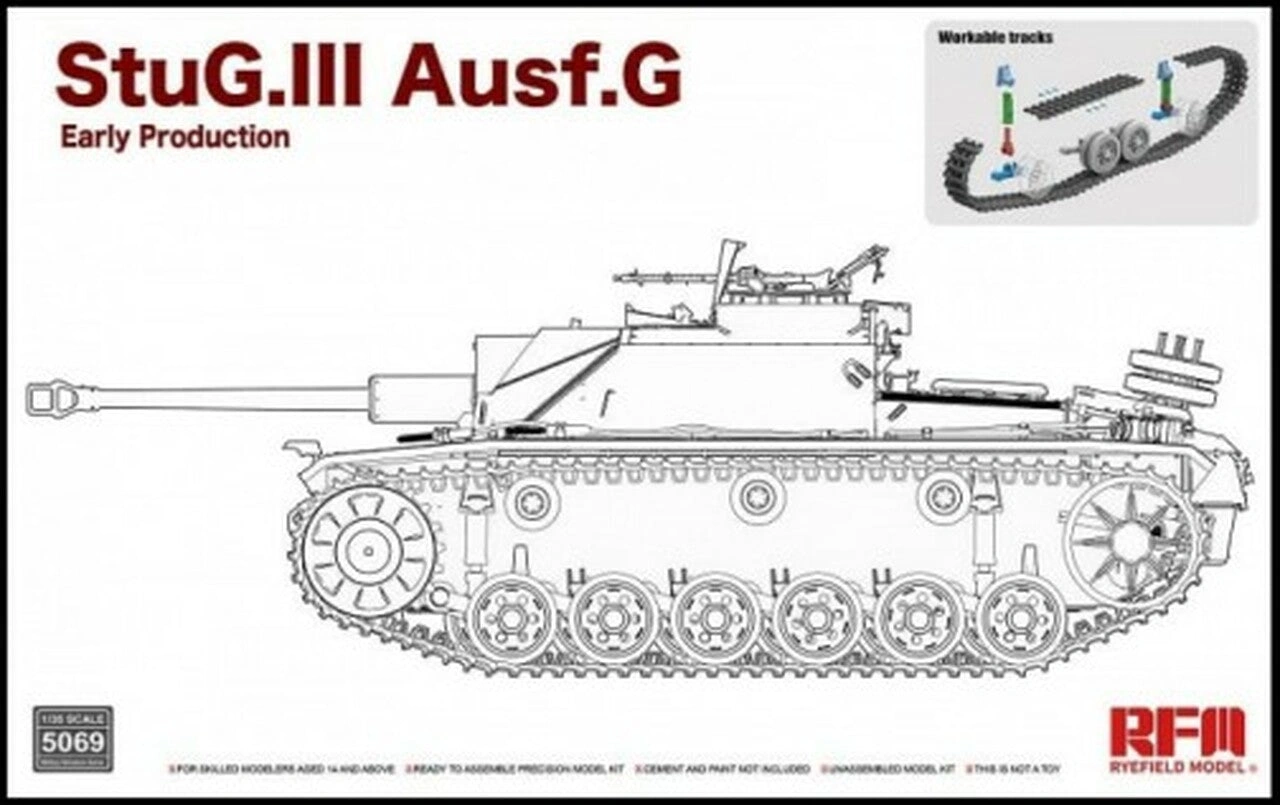
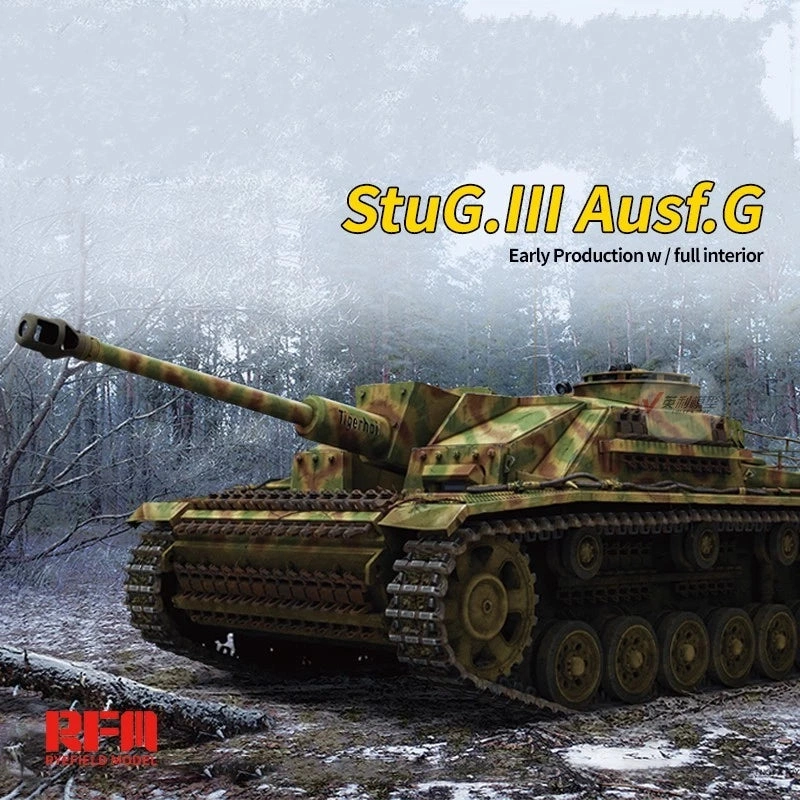





Stug III G Early: Unleash the Beast! 1/35 Scale Tank Model Kit for History Buffs and Hobbyists!
Alright, buckle up buttercup because this ain't your grandma's product description. Get ready to experience [Product Name] – the thing you didn't know you needed until right now. We're talking a symphony of [mention key feature 1], a whisper of [mention key feature 2], and a whole lotta [mention key benefit]. It's like a party in your [body part related to product's function] and trust me, you're invited. This isn't just stuff, it's a vibe. A feeling. A lifestyle. So ditch the boring, embrace the awesome, and snag yourself a [Product Name] because frankly, life's too short for anything less. Now go on, treat yourself. You deserve it.
category: Plastic Military Kits,
Details:
The StuG III (Sturmgeschutz III) was a German armored gun from the Second World War. The first prototypes of the vehicle were built in 1937, and serial production continued in the period 1940to 1945, ending with the production of about 10,300 vehicles. The StuG III in the E version was powered by a single Maybach HL 120 TRM engine with 300 hp. It was armed (version E) with a 75mm short-barreled cannon. and 1 MG34 machine gun cal. 7.92 mm.
The StuG III was created as a result of an initiative undertaken by Erich von Manstein, who in a letter to General Beck in 1935 signaled the need to create assault artillery for the advancing infantry within the mechanized units of the Wehrmacht. Ultimately, the order to design a new vehicle was commissioned to Daimler-Benz, which in turn used the chassis of the PzKpfw III Ausf. B. Several versions of the StuG III gun were produced during series production. Chronologically, the first was the A version, armed with the 75mm Stuk 37 L / 24 gun and based on the chassis of the PzKpfw III Ausf tanks. F and G and produced from the beginning of 1940. Soon after, version B was created - the first one to be produced on a large scale, which differed only slightly from version A. In 1941, version D, which had better armor and sights, entered the production. The E version was quickly created, which was the first to receive additional armament in the form of the MG34 machine gun. At the beginning of 1942, the StuG III underwent a major modification to become actually a tank destroyer by installing a long-barreled 75mm StuK 40 L / 48 gun. The designation of the car was also changed to StuG 40. In the period 1940-1945, the StuG III served on almost all fronts on which the German army fought. It turned out to be a very useful weapon, cheap to produce and, most importantly, effective. It is estimated that different versions of the StuG were responsible for the destruction of approximately 20,000 Soviet tanks and armored vehicles in 1941 to 1945.


